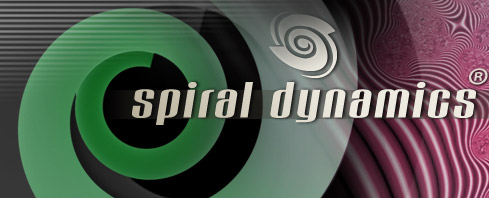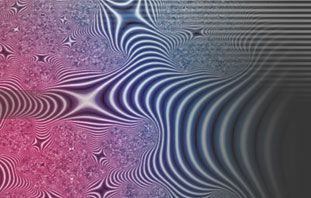|
Endless Forms Most Beautiful: The New
Science of Evo Devo
by Sean B. Carroll.
This note is to suggest a book worth picking up. Our recent
students are familiar with microbiologist Bruce Lipton's work which we
use to flesh out some of the "bio" aspects of the
biopsychosocial systems theory. We just went through _Endless Forms
Most Beautiful_ by Sean Carroll, Norton, 2005; the subtitle is
"The New Science of Evo Devo." Evo Devo is evolutionary
developmental biology, yet another way of thinking which is beginning
to find points of connection, overlap, and integration of approaches
based in the field and the lab - not a new phenomenon, but one which
now gets positive reviews. This very well-crafted popularization
explores many concepts summarized in Lipton about how genes and the
switches which control them - the "tool kit" of life - form
varied living systems. It complements the Ev Psych work which Bill and
others follow well, and then extends into systems and the foundations
of evolutionary thinking.
Most importantly, some striking parallels exist between what Graves
would have called "releaser conditions" for his levels and
these genetic switches. Just as there are relatively few genes (which
are remarkably consistent building blocks across life forms ranging
from the few in /E. coli /and fruit flies to the many in humans),
there are relatively few vMemes (levels, stages, biopsychosocial
"tools," whatever) which appear to have remarkable
variability in expression as they are given unique instructions. The
"switching function" of living systems - the layer of
instructions that cascades into forms - is quite intriguing and I'll
be interested to hear what others think about this book, and how it
might correspond to Wolfram's simple rules which lead to great variety
from simple starts. While it's best to avoid finding simplicity which
is not there, the correspondence between Dr. Carroll's observations
and the Gravesian point of view are noteworthy.
For those who recognize the differences between the Spiral Dynamics
version of things and the Gravesian theory and lean in the SD
direction, this book offers some metaphorical support to the idea of
vMEME as distinct "energy cores" or "lumps" with
minds of their own just waiting for activation. At the same time, it
reinforces the Gravesian notion that the capacity for all the base
systems (and more) can lie within the normal mind/brain complex just
awaiting the necessary instructions (release) from existential
problems and/or shifts in internal neurochemistry to switch on or off.
Either way, behavior - value systems - becomes like protein that forms
an organism. Carroll points out that "dark matter" in the
universe and the "unused" portions of the gene might well
play far bigger roles in how living systems work than has been
imagined thus far. Add to that "uncommitted neurobiological
equipment" and those overlapping waves in Graves's thinking gain
weight as we seek to understand the instructions that shape human
nature within the organism. |


